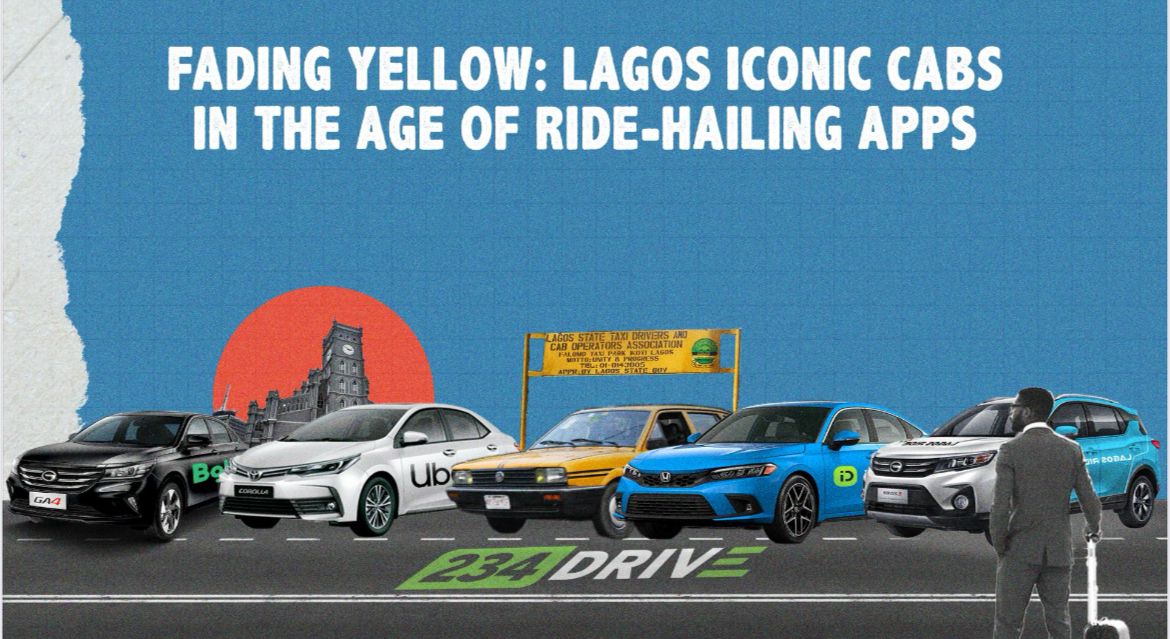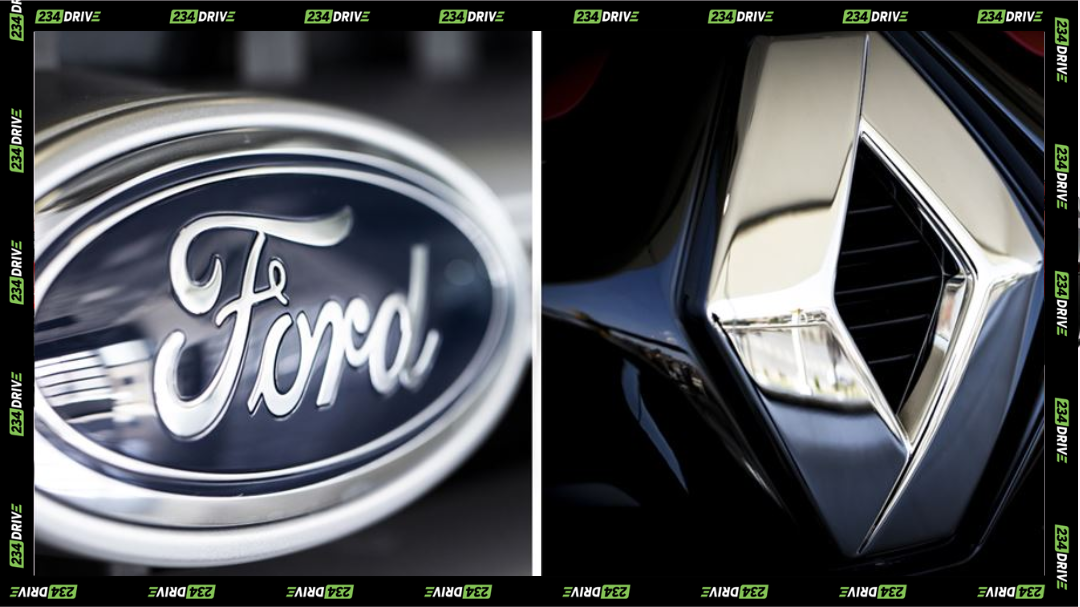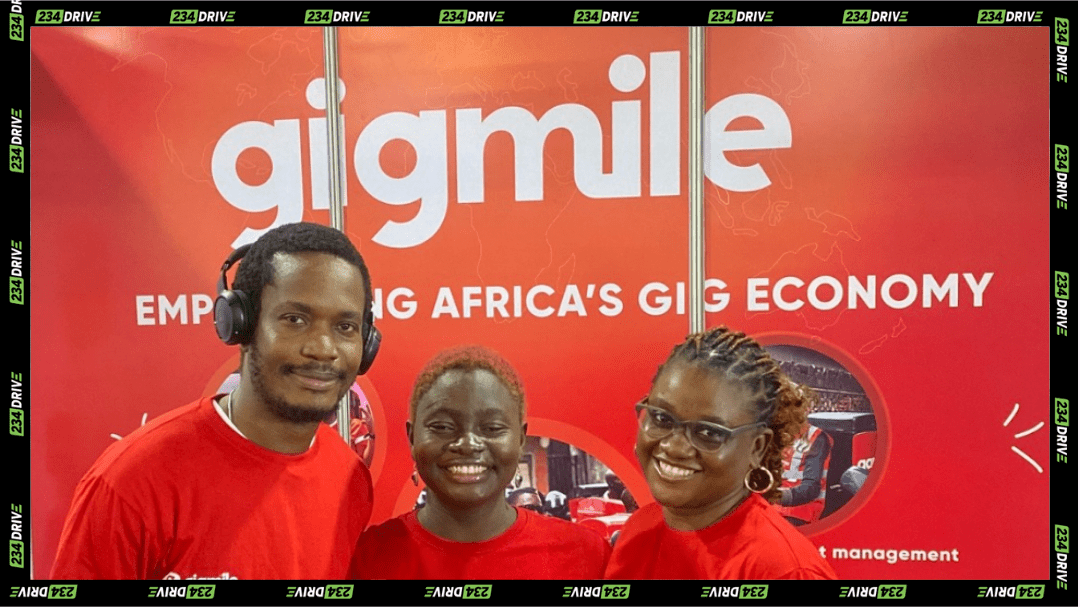The yellow cabs of Lagos are a familiar sight, usually parked near a signboard proclaiming “LAGOS STATE TAXI DRIVERS AND CAB OPERATORS ASSOCIATION.” Not far from the parked cars, you’ll find a large yellow-painted shed that’s hard to miss. Inside, long benches accommodate drivers engaged in various activities: some sip sachet gin, others play board games like ludo, draughts, or ayo, while many banter in Yoruba about politics, criticizing the APC, or debating football, comparing coaches and players. In the background, some drivers nap while others satisfy their hunger with bread and butter or amala from women hawking them. It’s more like a mini-club or a get-together for old men, always full of energy and gyration – there’s never a dull moment for these men.
They give off the vibe of carefree high schoolers, playing away any free time until adulthood caught up with them. Now, these men have reached a stage of adulthood where they’ve hustled through their 20s to 40s, set up shops for their wives, and built houses in their hometowns. They come to the park to enjoy the breeze and warmth of the sun, chat, and pass the time. The cab is just a side hustle to sponsor their daily shenanigans.
The Golden Age of Yellow Taxis
In the early 2000s, yellow cabs were the go-to option for corporate workers or visitors trying to navigate Lagos. Using a cab signified wealth, as they were the most expensive means of road transport compared to the more affordable danfos and molues. Hailing a cab was often an extreme sport, as drivers were usually unenthusiastic and fully immersed in their side talks. If you managed to grab one by the belt and pull him out, you’d face their hiked prices and then spend minutes negotiating. The ride experience? Nothing special – just sitting in the car, enjoying tunes from the radio (usually Faaji FM) and the breeze sweeping in through the window.
The Rise of Competition
As Lagos grew and modernized, so did its transportation needs. The emergence of ride-hailing apps brought a seismic shift to the city’s transport scene. These new services offered convenience, competitive pricing, and a level of comfort that the traditional yellow cabs struggled to match.
In a competitive space like ride services, constant evolution and improved ride experiences are necessary. However, this couldn’t happen with these uninspired drivers who preferred to do business at their own convenience. With the rise of innovative tech solutions like Uber, Bolt, and inDrive in Nigeria, everyone has switched to these preferred services for better ride experiences, cheaper fares, and convenience.
The New Ride Experience
The new generation of cab services truly raised the bar. You can book a ride from anywhere, and the driver arrives promptly to pick you up. On a hot day, you can enjoy the comfort of air conditioning, and at that moment, the car feels like yours—you have control over the music, and some drivers even offer snacks for the journey. The drivers are generally more courteous, and in cases where service falls short, there’s always the option to report through the app’s customer service. The cars themselves are also cleaner and better maintained than the yellow taxis.
The Current State of Yellow Cabs
The new generation of cab services has raised the bar, making it difficult for those who know they can get better service at a lower cost to opt for these outdated cabs. Unlike before, when they had tons of customers, now the frequency of their use has declined. Yet, these drivers are still out there, ready to transport passengers. Cab parks near markets continue to see more activity compared to those on the roadside, as many drivers now assist market women in transporting their goods. Recent users of the yellow cabs note that, while the drivers are still available, their old habits persist. You often have to coax them into taking you to your destination, and the fares? They can be nearly double what you’d pay on Uber or other ride-hailing platforms.
Attempts at Modernization
Recognizing the need to adapt, efforts were made to modernize the yellow cab system. In 2020, the launch of EkoCab, an app designed for Yellow taxis, was announced with the aim of helping these drivers compete with other ride-hailing services. However, the rollout was met with skepticism. Many critics felt the government was focusing on the wrong priorities, arguing that these drivers were more interested in socializing than providing service. They questioned why, instead of addressing more pressing issues, resources were spent on an app for them. Concerns were also raised about the drivers’ reputation for rudeness and fears that an app might make them even less attentive to passengers.
Despite the criticisms, the government proceeded with the project, urging the drivers to be more courteous and professional. While the initiative seemed promising at the outset, as of 2024, there has been little news on the app’s actual impact or use.
The Future of Lagos’ Cab Services
The future of cab services in Lagos seems increasingly tied to LagRide, a promising new competitor to private ride-hailing giants like Bolt, Uber, inDrive, and Rida. Launched in 2021 by the Lagos State Government in collaboration with CIG Motors Company Limited, LagRide aims to provide a more efficient and affordable alternative for commuters while pushing the city’s urban mobility into a more modern era.
With its distinctive white and blue GAC sedans and SUVs, LagRide stands out on Lagos roads. The service operates through a user-friendly app available on both iOS and Android, allowing commuters to book rides and even carpool with others sharing similar routes—cutting costs and easing congestion.
Public response to LagRide has been largely positive, with many users praising the cleanliness of the vehicles and the relatively lower fares compared to other services. The polished look of the cars even has some passengers joking that they feel like politicians on the move. Additionally, the belief that LagRide vehicles are often overlooked at police checkpoints adds to their appeal, offering a quicker, hassle-free journey.
Nevertheless, LagRide faces a few hurdles. The initial rollout featured just 1,000 vehicles, which has led to limited availability and occasional frustration for users who struggle to get a ride when needed. There are also concerns about the long-term upkeep of these vehicles, with some questioning if they might eventually decline in quality like the city’s aging danfo buses and yellow taxis. For LagRide to truly represent the future of Lagos cab services, it will need to expand its fleet and maintain the high standards that have won it early praise.
In conclusion, as Lagos evolves so does its transportation system. The yellow cabs, once a symbol of urban sophistication, now face stiff competition from modern ride-hailing services and the promising LagRide. While nostalgia clings to the old ways, the future seems geared towards innovation and improved urban mobility. The ultimate question remains: can the legacy of the yellow cabs adapt to this new era, or will it be outpaced by the rapid advancements in the city’s transportation sector?










